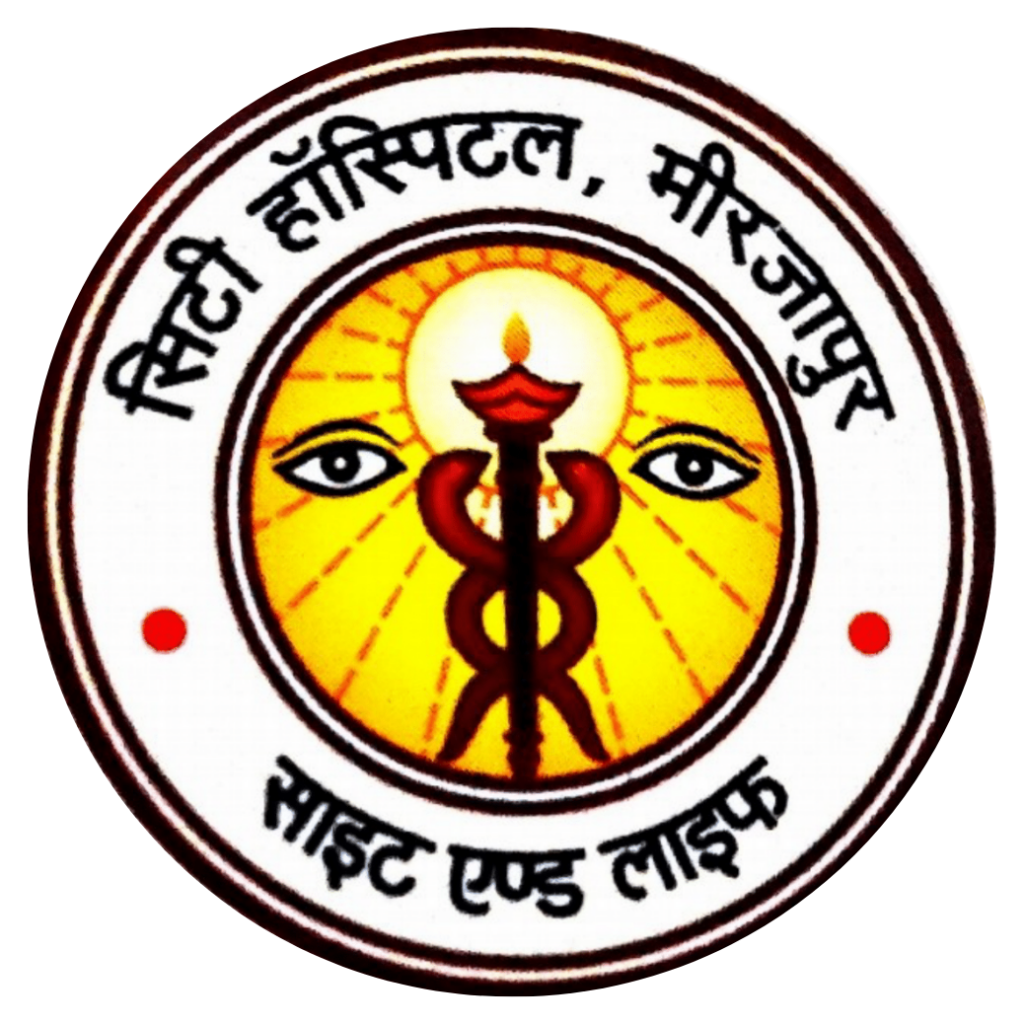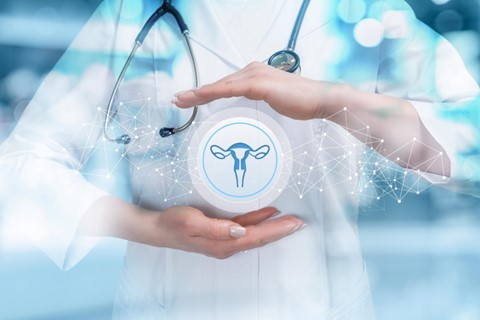Pelvic Inflammatory Disease (PID) is an infection that affects the female reproductive organs, including the uterus, fallopian tubes, and ovaries. It can cause significant discomfort and lead to serious health issues if not treated properly.
What is PID?
Pelvic Inflammatory Disease is when the reproductive organs become infected, often starting from bacteria that spread from the vagina or cervix. If not treated, this infection can cause ongoing pain and even affect your ability to get pregnant.
Symptoms of PID
PID can cause a variety of symptoms. They might be mild or severe and include:
- Pelvic Pain: Aches or pain in the lower abdomen or pelvic area.
- Unusual Discharge: Abnormal vaginal discharge that may be smelly or have an unusual color.
- Heavy Bleeding: More bleeding than usual during periods or bleeding between periods.
- Pain During Sex: Discomfort or pain when having intercourse.
- Painful Urination: Discomfort or pain while urinating.
- Fever: A high temperature or fever that can indicate an infection.
Causes of PID
PID is commonly caused by bacteria that enter the reproductive organs from the vagina or cervix. Here’s what can lead to PID:
- Sexually Transmitted Infections (STIs): Bacteria from STIs like chlamydia or gonorrhea can cause PID.
- Bacterial Vaginosis: An imbalance of normal bacteria in the vagina.
- Post-Surgical Infections: Infections following surgeries like abortion, childbirth, or pelvic procedures.
- IUDs: Rarely, an intrauterine device (IUD) might introduce bacteria into the reproductive organs.
How is PID Diagnosed?
If you have symptoms of PID, your doctor will conduct several tests to diagnose it:
- Pelvic Exam: A physical exam to check for tenderness or signs of infection.
- Blood Tests: To find signs of infection or inflammation.
- Urine Tests: To check for STIs or other infections.
- Ultrasound: An imaging test to look at the reproductive organs and check for signs of infection.
- Laparoscopy: A minor procedure where a camera is inserted into the abdomen to see the pelvic organs directly.
How is PID Treated?
Treatment for PID usually involves:
- Antibiotics: A course of antibiotics to clear the infection. You might need different types of antibiotics to target various bacteria.
- Pain Relief: Medications to help with pain and discomfort.
- STI Treatment: If an STI is causing PID, treating the STI will also help clear the PID.
Preventing PID
To manage and reduce the risk of PID, follow these tips:
- Complete Antibiotics: Make sure to take all prescribed antibiotics.
- Regular Check-Ups: Keep up with your healthcare provider for monitoring and follow-up.
- Safe Sex: Use condoms and get regular STI screenings.
- Avoid Douching: Douching can disrupt the normal balance of bacteria in the vagina and increase the risk of infection.
Long-Term Effects
If not treated, PID can lead to serious issues such as:
- Infertility: Damage to the reproductive organs can make it hard to conceive.
- Chronic Pain: Long-term pain in the pelvic area.
- Ectopic Pregnancy: A dangerous pregnancy that occurs outside the uterus.
- Abscesses: Infections that form pockets in the reproductive organs.
Conclusion
Pelvic Inflammatory Disease is a serious infection that needs prompt treatment. By understanding the symptoms, causes, and treatments, you can work with your healthcare provider to manage the condition effectively. If you have symptoms or are at risk, seek medical advice to ensure proper care and protect your reproductive health.


